The costumes are chosen, the spiderwebs are hung, and you’re ready to celebrate the spookiest holiday—Halloween. However, pets and holidays often mix poorly, and the fall holidays are no exception. People recognize the value of a fun scare, but the unfamiliar sights and sounds may frighten your pet, or they may fall victim to a decor- or candy-related incident. The Sixes Animal Hospital at BridgeMill team shares our favorite tips and tricks for keeping pets safe on Halloween.
#1: Decorate with pets in mind
New items in your pet’s environment are interesting and attractive, and you may find your pet attempting to make your Halloween decor a snack or toy. Some items, such as jack-o’-lanterns, may smell tempting but will have a dangerous candle flame inside. Pets who eat inedible decorations can develop an intestinal obstruction at worst and stomach upset at best, while those who interact with live flames or electrical cords can suffer from burns or a serious shock.
Consider placing decorations in off-limits areas and keeping them to a minimum to prevent a pet-related accident. Always supervise your furry pal when they are near a decorated area and try to distract them from your display with a new toy or treat.
#2: Keep candy out of your pet’s reach
Most Halloween candy contains chocolate, which is toxic for pets and can cause stomach upset, hyperactivity, increased body temperature, seizures, and death in severe cases. The chocolate dose required to cause an individual pet a problem depends on their size and the concentration of toxic compounds in the candy—the darker the chocolate, the more dangerous to your pet. Xylitol, an artificial sweetener in gums and candies, is another potential toxin that causes liver damage and dangerously low blood sugar. Keep all candy stored safely in a high cabinet or shelf and inaccessible to pets.
#3: Choose a safe pet costume
Costumes that do not fit may annoy your pet or restrict their movement or breathing. Outfit your pet only if they enjoy wearing clothing, choose soft, comfortable fabrics that you wouldn’t mind wearing yourself, and ensure your pet can move and breathe. Also, the costume should not be too loose, which could cause your pet to trip, or have loose pieces, such as buttons, that they might chew or swallow.
#4: Be mindful of your pet’s stress level
Would you feel stressed if you looked outside one day and saw a horde of small people dressed in scary disguises marching straight to your front door? This is what your pet sees on Halloween. They may not appreciate the visitors and likely will feel anxiety and fear because of the doorbell ringing, the crowds, and the general disruption to their daily routine.
Before Halloween, consider your pet’s reaction. If the doorbell triggers their anxiety or overexcitement, put a bowl of candy outside and leave a sign asking trick-or-treaters to please help themselves and avoid ringing the bell. Provide pets with a quiet interior location where they can rest during the busiest afternoon and evening hours, play soothing music, and consider anti-anxiety supplements or medications as recommended by our team.
#5: Microchip your pet
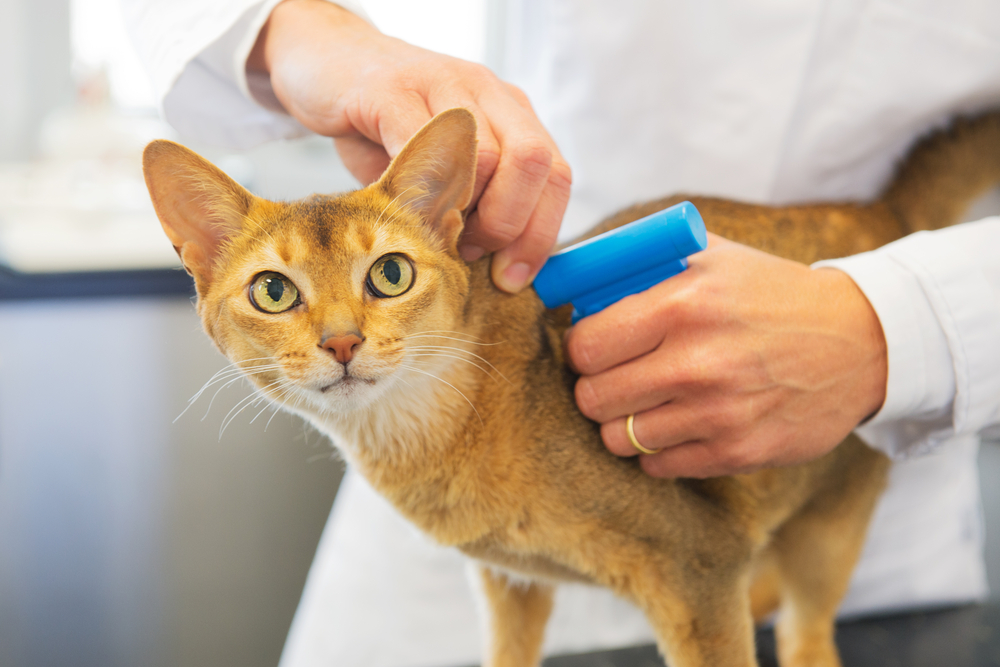
Pets are more likely to get lost on Halloween, because they have many more opportunities to slip through an open front door. Some may intentionally run from their yard or home if they become frightened. Successful reunions with lost pets are only possible if they have reliable and permanent identification.
Microchipping your pet provides identification and has the advantage of durability—the tiny chip is implanted under your pet’s skin and cannot fall off or break like a collar. Our team can microchip your pet in a quick outpatient visit. Use your pet’s collar and up-to-date ID tag as a microchip backup, so that anyone—not only businesses with microchip scanners—can identify and return your furry pal.
Halloween festivities can be fun for the whole family when you take extra care to ensure your four-legged friends’ safety. Preparation is key—contact our Sixes Animal Hospital at BridgeMill team to schedule a pre-emptive microchipping appointment and discuss anti-anxiety medications, or if your pet needs veterinary care following a Halloween-related mishap. For help with a suspected poisoning or an after-hours emergency, contact the ASPCA Animal Poison Control Center, Pet Poison Helpline, or your nearest veterinary emergency facility.

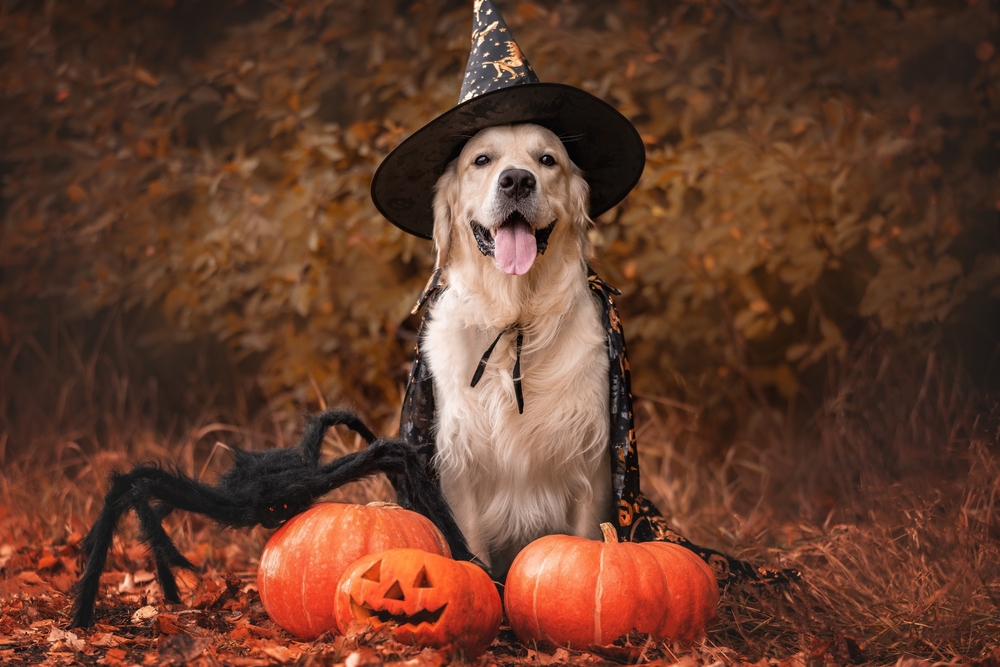
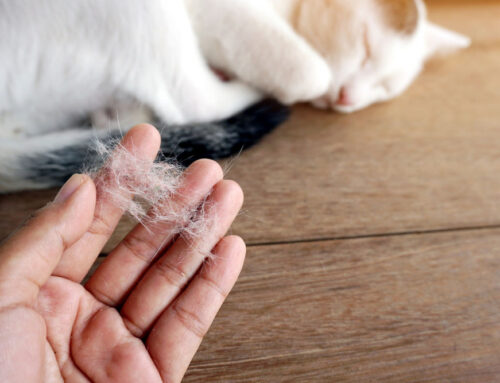
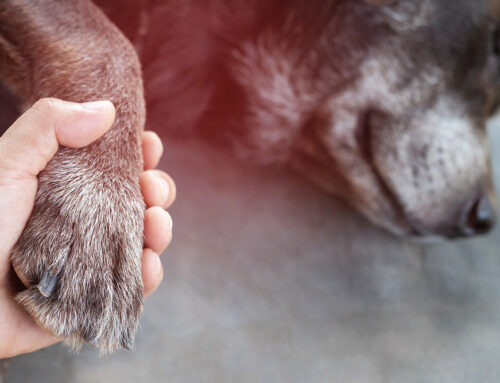
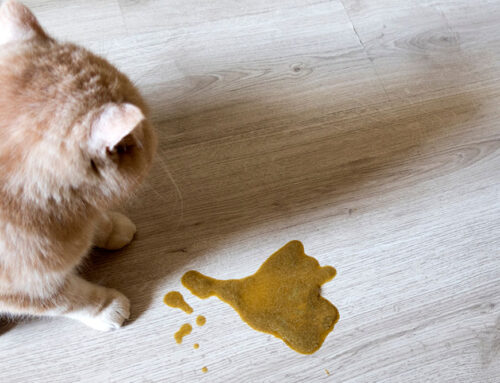
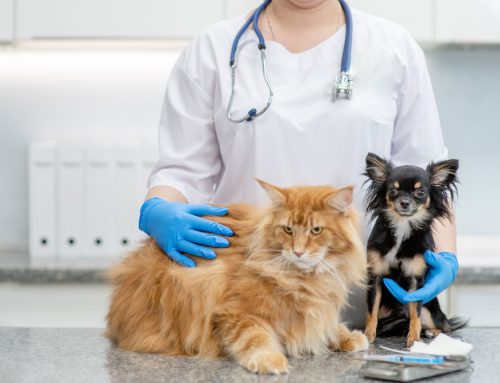
Leave A Comment